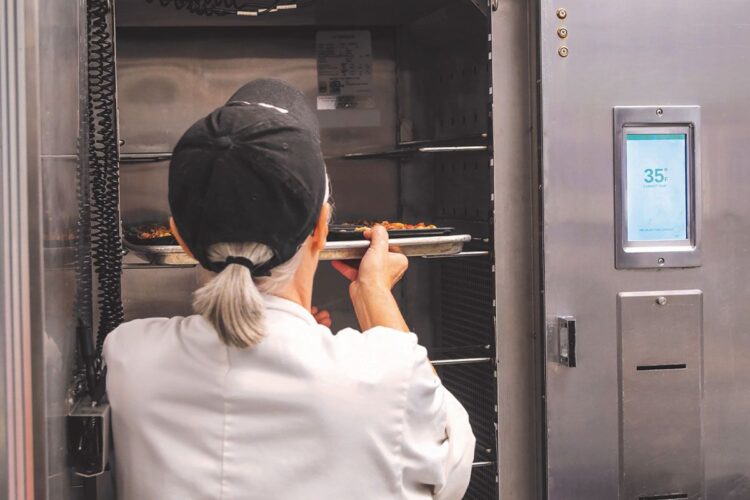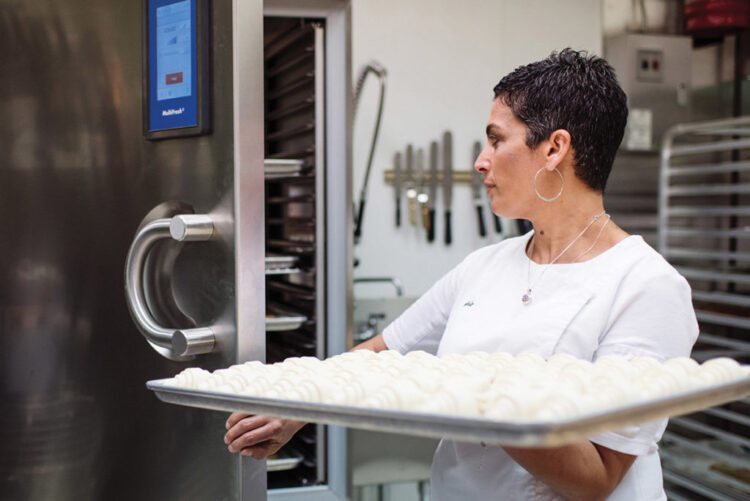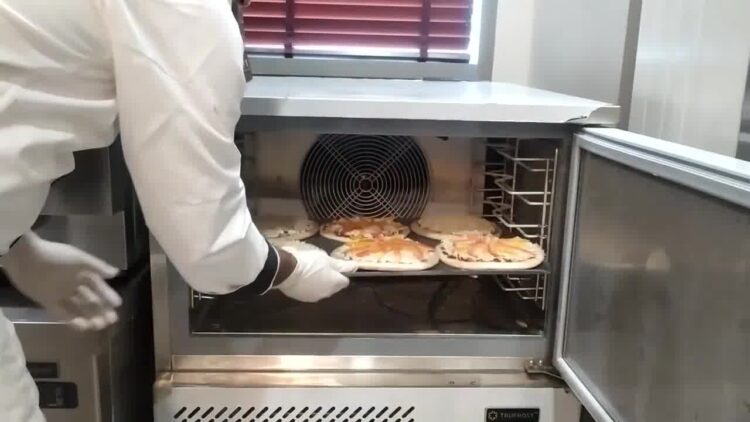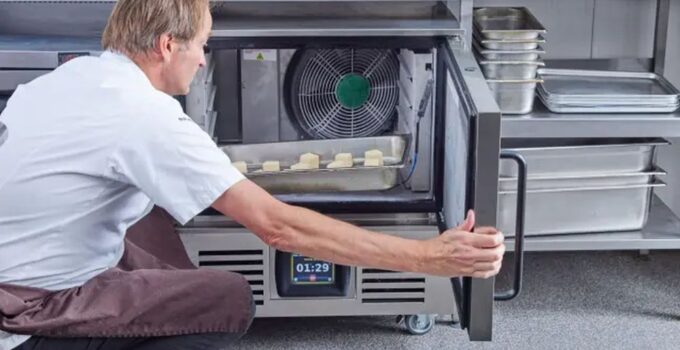The right equipment is one of the top necessities for success in any commercial kitchen. Not only is the best machinery an effective way to prepare food, but it’s also the ultimate way to reduce wastage and ensure food security.
That said, it’s no wonder that blast chillers are a common sight in kitchens across Australia. Commonly known as flash freezers, these nifty machines lower food temperature faster than a regular freezer. The question is whether you’re looking after yours properly to get the most out of the appliance.
Page Contents
Knowing How to Care for Your Blast Chiller

Source: fermag.com
Proper maintenance is key to ensuring the optimal performance and longevity of your kitchen appliances. Your blast chiller is no different. Our experts have compiled a list of essential tips to care for your new blast chiller.
1. Regular Cleaning
As with most other appliances and machines, regular cleaning is crucial to keep your blast chiller working properly. Simply follow these simple tips to ensure effective cleaning:
- Exterior cleaning: Use a mild detergent to wipe down any dirt or grease. Avoid abrasive cleaners as these may strip the finish.
- Interior cleaning: Start by removing any spilt food that may be accumulating in the chiller. It’s also crucial to remove any expired food as this will contaminate other food. Then use warm water and a mild detergent to clean out any marks. Keep food in sealed containers to avoid spills and leaks – this will make cleaning much easier.
- Fan cleaning: Dust buildup can easily hinder your chiller’s cooling performance. It’s therefore vital to ensure that the fans are cleaned often, removing dust and other particles. Refer to your manufacturer’s guidelines for your specific model’s requirements and cleaning methodology.
Tip: in addition to the fan, be sure to also check the condenser coil for dust and accumulated debris.
2. Defrosting
Another aspect that goes a long way toward maintaining your chiller is regulating the temperature and performing scheduled defrosting. To do this, consider the following:
- Regulated temperature: Your blast chiller should only be operated at the recommended temperature. Doing this will ensure that your chiller stays at the safest operating range. Place food into the chiller in advance to get the desired result, rather than putting it in at the last minute and then boosting the temperature settings.
- Defrosting: Typically, defrosting removes excess ice buildup which in turn maintains your chiller’s overall efficiency. The general technique is to power the unit off and unplug it before starting the defrosting process. Check your manufacturer’s guidelines for model-specific instructions.
3. Hinges and Door Seals

Source: fermag.com
A chiller is quite possibly the appliance that gets opened and closed the most in kitchens. Over time this leads to wear on the seals and hinges. It’s important to add these to your maintenance list:
- Hinges: The manufacturer’s instructions will highlight the best way to lubricate the hinges. Doing this often will reduce squeaking and ensure overall smooth operation.
- Door seals: Regular inspections will highlight any cracks in the seals. Cracked seals need to be replaced as soon as possible to prevent temperature leaks.
4. Create a Service Schedule
While you may think servicing your chillers is simple enough to do yourself, keep in mind that you’re extremely busy running your kitchen and may keep on postponing the task. Where possible, opt for a service plan with a qualified technician to ensure that maintenance happens when it should.
- Scheduled maintenance: All blast chiller manufacturers offer a suggested maintenance schedule. Based on this, you can liase with your local chiller technician for periodic inspections, servicing and overall cleaning.
- Component checks: Technicians will check all the crucial components such as compressors, fans and electrical components. They will also check refrigerant levels and top up shortages.
Many chiller technicians recommend arranging your maintenance to take place during a quiet time in your kitchen. After all, the unit may need to be switched off and even moved to clean and test components.
Early morning (if you don’t have a breakfast run) or even after hours are often the preferred times.
The last thing you want to do is have your chiller off when you need it most!
5. Update Maintenance Documents

Source: m.indiamart.com
It’s important to keep relevant documents about your chiller’s services and periodic maintenance. Keeping a detailed log of all maintenance and service activities will make it easier for your technician to track the history of repairs. It’s also important to do this for warranty claims, especially on more expensive components and replacement parts.
Benefits of Regular Maintenance
There are several benefits of keeping your blast chiller maintained, including:
- Blast chiller will continue to operate at peak performance
- Well-maintained appliances are generally more energy-efficient
- Servicing crucial components prevents breakdowns or costly repairs
- Properly working chiller will ensure required food safety standards
- Maintenance extends the lifespan of the equipment
- Regular maintenance will ensure compliance with Australian health and safety standards
Final Thought
Blast chillers are excellent for rapidly cooling without icing the food or drink. This makes them excellent for keeping fresh desserts and salads cool and ready to be served at a moment’s notice. But this only happens optimally with the right care and maintenance plan.
Now you know how to make sure your chiller keeps up with your kitchen’s demands!




